General information about Aster Seeds
- Sowing Season: Spring & early to mid-spring
- Germination: 7-14 Days
- Harvest in: 90-120 Days
What’s in the Box
- Aster Seeds
- Sowing instructions printed on backside of Seed Packet
- Recyclable Pouch
Introduction to Aster
Asters are some of the most popular and beloved flowers in gardens around the world. Known for their vibrant, daisy-like blooms in a range of colors, Asters bring cheer to any landscape, from flower beds to borders and containers. These perennial flowers bloom in late summer and fall, making them a go-to choice for gardeners who want to extend the color and beauty of their garden into the cooler months.
Aster flowers are available in a variety of colors, including shades of purple, pink, red, white, and blue. Each color variation brings a unique charm to your garden, whether you’re looking to create a soothing monochromatic palette or a vibrant, colorful display. Asters are also known for attracting pollinators such as bees and butterflies, making them an excellent choice for eco-friendly gardens.
With their striking appearance and relatively easy care requirements, Aster flowers are perfect for gardeners of all skill levels. Growing Aster flower seeds is an excellent way to bring these beautiful blooms into your garden and enjoy their vibrant colors year after year.
Guide to the Germination Process, Soil & Fertilizer, Watering & Pest Control Requirements for Aster Seeds:

▶ Seeds Germination Process
- Start Indoors or Outdoors: The seeds can be sown directly outdoors, starting them indoors can give you a jump on the growing season, especially in areas with shorter growing periods. If you’re starting indoors, use seed trays or small containers, and fill them with a well-draining seed-starting mix.
- Sow the Seeds: Place the Aster seeds on top of the soil mix without covering them with soil. Aster seeds need light to germinate, so they should be sown on the surface, not buried. Lightly press the seeds into the soil to ensure good contact.
- Maintain the Right Temperature: Keep the seeds at a temperature of 65°F to 75°F (18°C to 24°C) for optimal germination. The soil should be kept moist, but not waterlogged. You can cover the trays or containers with a clear plastic lid or plastic wrap to retain moisture and warmth.
- Provide Adequate Light: Aster seeds require light to germinate. If you’re growing them indoors, ensure that they receive adequate natural sunlight, or use grow lights. A lack of light during the germination process can result in weak, leggy seedlings.
- Watering and Moisture: Regularly check the moisture level of the soil. Keep the soil moist, but avoid overwatering, as soggy soil can lead to fungal growth and seedling rot. You can lightly mist the soil with a spray bottle to maintain moisture levels.
- Thinning the Seedlings: Once the seedlings have developed their first set of true leaves, thin them out to prevent overcrowding. This will give the plants more space to grow strong and healthy. Leave about 6-12 inches (15-30 cm) between each seedling to allow them room to grow.
- Transplant Outdoors: After the last frost and once the seedlings are large enough to handle (typically around 6 inches tall), they can be transplanted outdoors into your garden. Make sure the soil temperature is warm enough, and the risk of frost has passed.
▶ Soil & Fertilizer Requirement
- Aster flowers thrive in well-drained, slightly acidic to neutral soil (pH 6.0-7.0). It’s important to prepare the soil properly before sowing Aster seeds. Begin by loosening the soil to a depth of 6-8 inches and removing any weeds, rocks, or debris that could interfere with root development. Incorporating organic matter such as compost or well-rotted manure will improve soil fertility and drainage.
- Asters appreciate soil that is rich in nutrients but not overly heavy or compacted. Good drainage is key, as they don’t tolerate waterlogged conditions. If you have heavy clay soil, consider amending it with sand or organic matter to improve drainage.
- Use a balanced fertilizer with equal parts nitrogen, phosphorus, and potassium. Apply the fertilizer in early spring when the plants are beginning to grow, and again after the first blooms appear to encourage continued growth and blooming. Aster plants are relatively low-maintenance when it comes to fertilization, but regular feeding will help keep them healthy and vibrant.
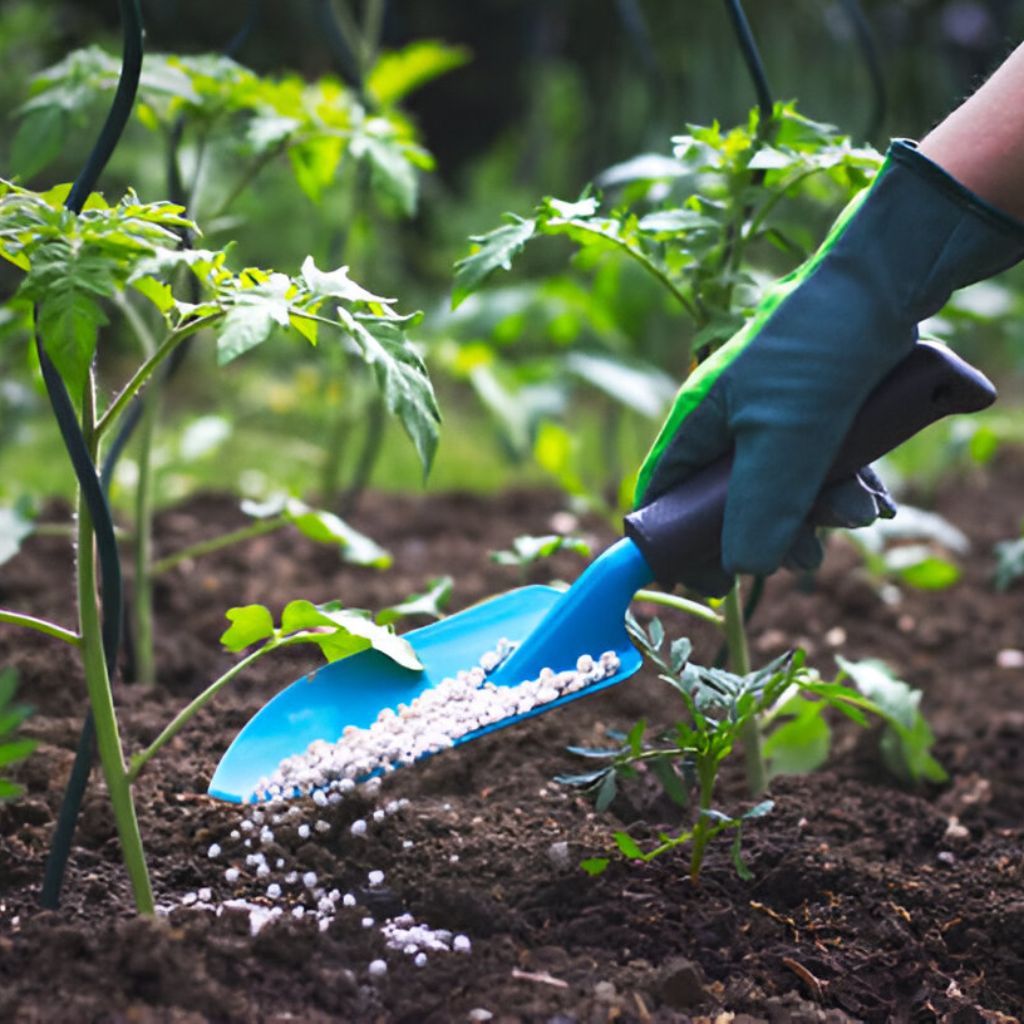
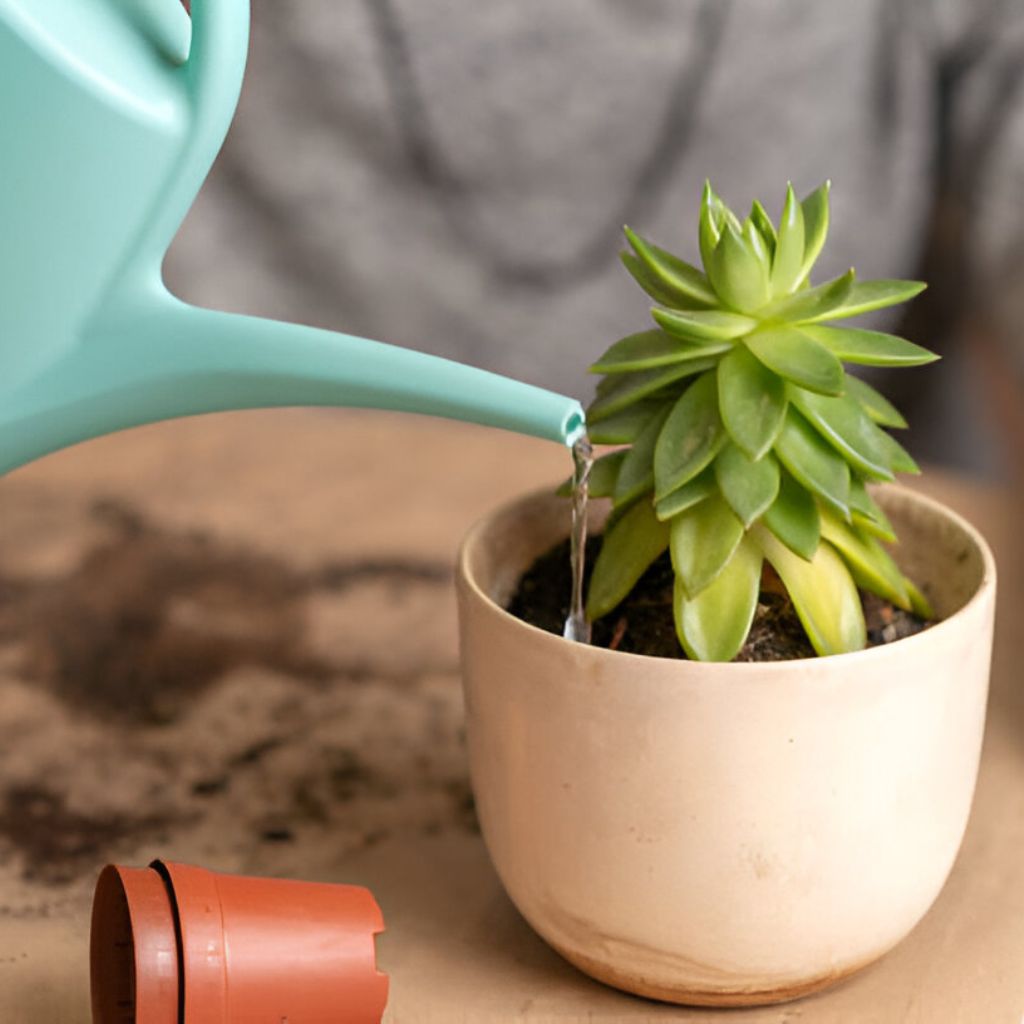
▶ Watering Requirement
- Aster flowers prefer moderate watering to ensure that the soil remains moist but not soggy. They do best in areas where the soil is consistently moist, but they can tolerate brief periods of drought once established. During the germination phase, it’s especially important to keep the soil consistently moist but not waterlogged.
- Once the plants are established, water them deeply once a week, especially during dry spells. If your area experiences frequent rain, you may not need to water as often. However, be mindful of the humidity levels, as overly wet soil can lead to root rot or fungal diseases.
- If you’re growing Asters in containers, be sure to monitor the moisture levels closely, as pots can dry out faster than the ground. Use a container with drainage holes to ensure excess water can escape, and avoid letting the plants sit in standing water.
▶ Pest Control Requirement
- While Aster flowers are generally hardy and resilient, they can still be susceptible to a range of pests and diseases. Common pests that may target Asters include aphids, spider mites, and slugs. To protect your Asters from pests, consider using organic pest control methods such as insecticidal soap or neem oil. These are safe for the plants and the environment and can effectively keep pests at bay.
- If you notice aphids or other insects on your Aster plants, spray the affected areas with a mixture of water and insecticidal soap. Be sure to coat both the top and bottom of the leaves to target any hidden pests. Additionally, you can introduce beneficial insects like ladybugs, which feed on aphids and help control their population naturally.
- Asters are also susceptible to fungal diseases such as powdery mildew and rust. To prevent these, ensure that the plants are spaced adequately to allow good air circulation, and avoid overhead watering, which can encourage fungal growth. If powdery mildew does appear, remove infected leaves and apply a fungicide as a preventative measure.










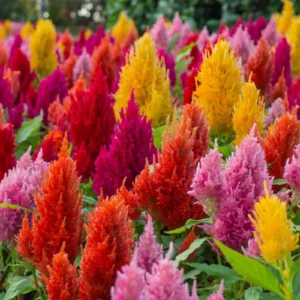
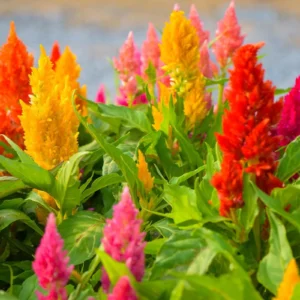
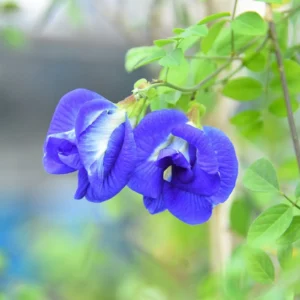

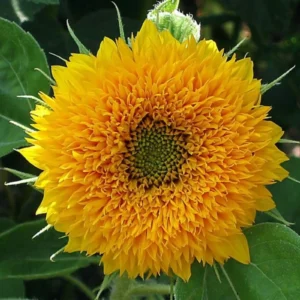



Reviews
There are no reviews yet